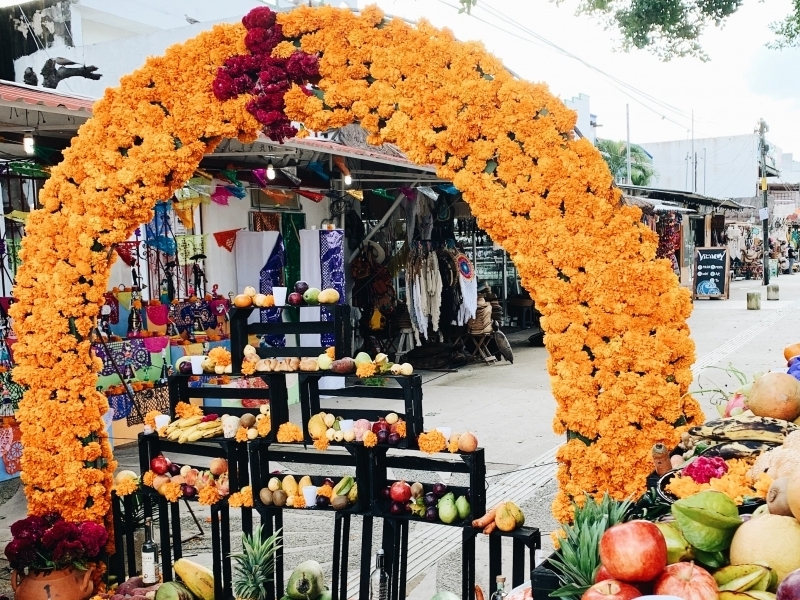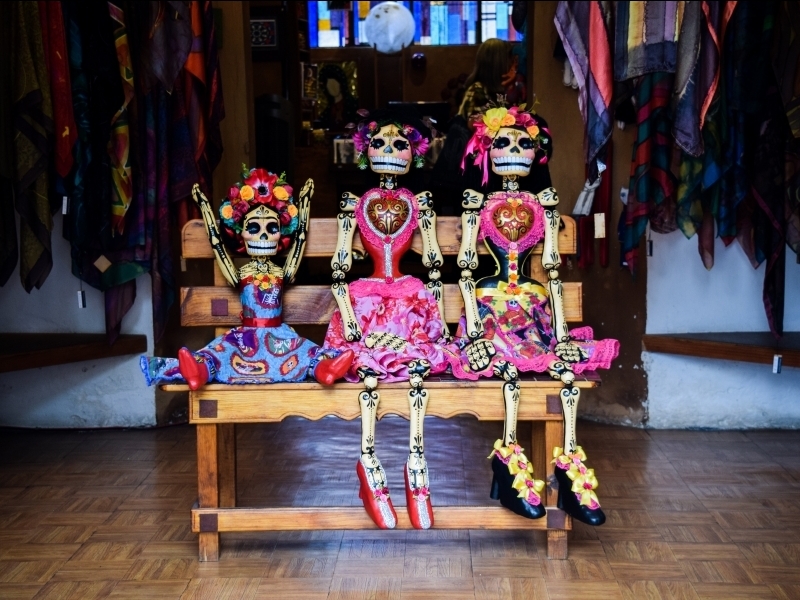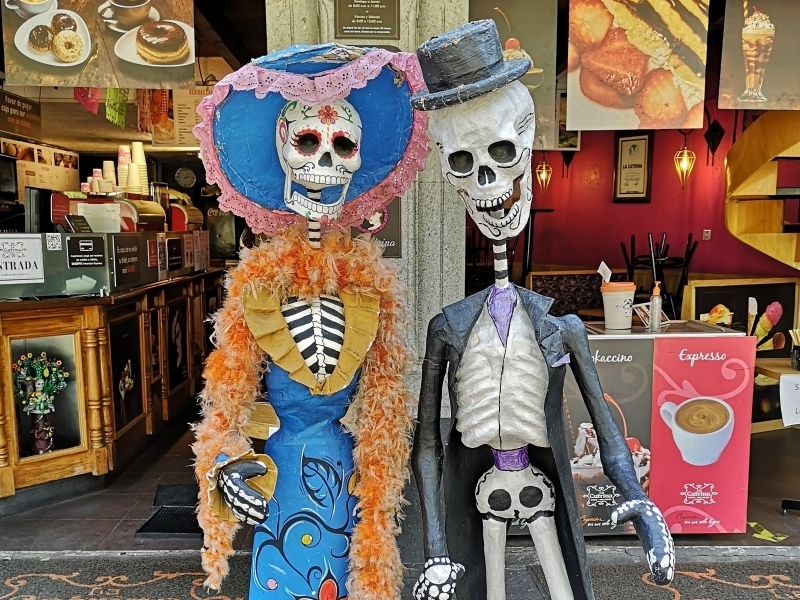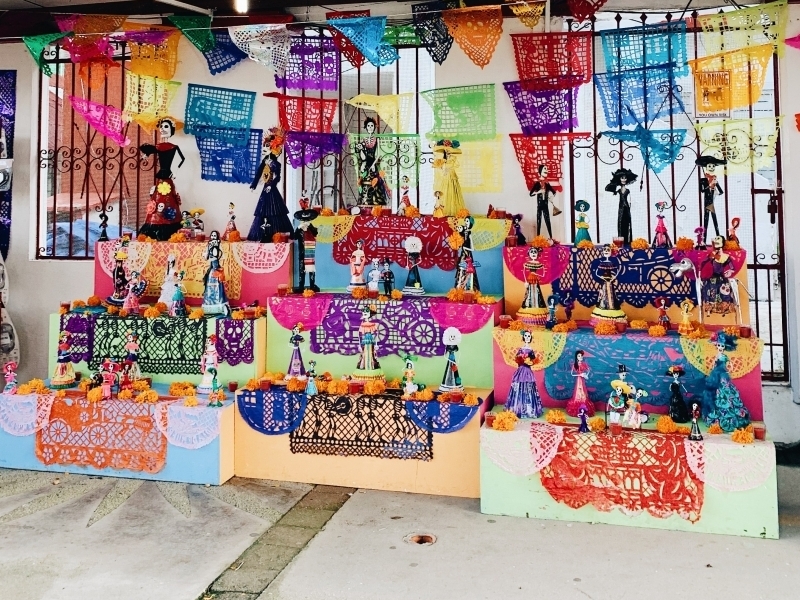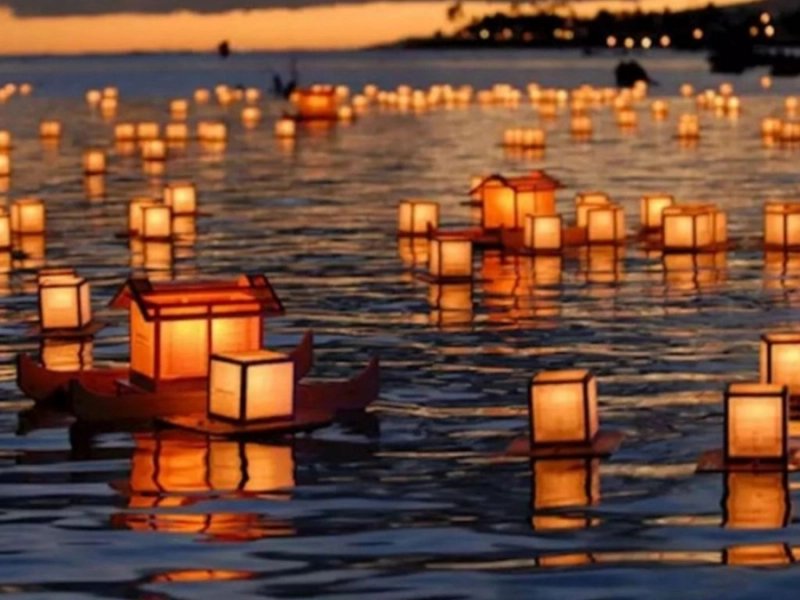News and Testimonials
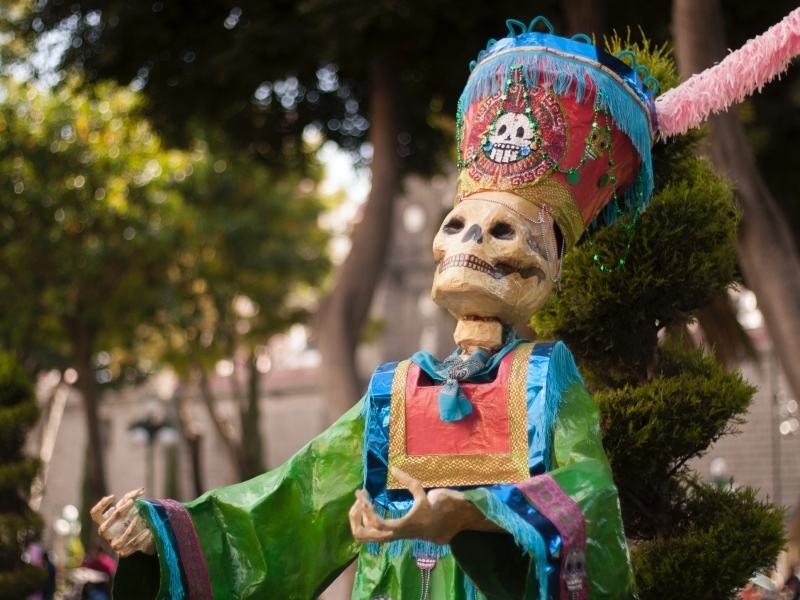
Day of the Dead 2021: What is it and why do we celebrate it?
Towards the end of October, it’s common to see a barrage of dancing skeleton cartoons and sugar skulls. And while it’s easy to assume this is because of Halloween, it’s actually another annual festival that we have to thank entirely.
Day of the Dead, or Dia de Los Muertos in Spanish, is a holiday that originated thousands of years ago in Mexico. Even though it’s often thought of as interchangeable with Halloween, the two are different holidays, with unique roots and traditions.
To begin with, they’re celebrated on different days; while Halloween falls on October 31, Day of the Dead is annually observed on November 1 and 2. On these days, it is believed that the gate between the spirit world and real world dissolves, and families welcome the souls of deceased relatives with food, drink and celebrations. Although the main festivities are held on November 2, November 1 is known as All Saints' Day, when the spirits of children or the innocent can join their families for 24 hours.
The origins of the Day of the Dead can be traced back to the Aztecs, who had a unique way of honouring the deceased. According to this belief, once a person died, they had to undergo a gruelling and time-consuming journey to reach Mictlan, the final resting place.
Families would provide water, food and other tools that they believed could aid the deceased, which led to the modern Day of the Dead tradition to create ofrendas, or special alters with the deceased’s favourite food, drinks, photos and memorabilia. The intent is the same, to encourage the souls on their journey and pay tribute to them.
While the festival was previously believed to be celebrated during summer, the arrival of the Spanish in the 16th century and the rise of the Roman Catholic Church, it was moved to the first two days of November.
Today, versions of the Day of the Dead are celebrated in a few other Catholic countries around the world. In the Philippines, All Saints' Day or Undas is followed on November 1, with families honouring deceased relatives by gathering at their graves, and offering food, flowers, candles and prayers. In Brazil, Dia de Finados is a day of prayer and remembrance for the souls of those who have died.
Despite its rather sombre-sounding backstory, Day of the Dead isn’t seen as a solemn occasion in Mexico. In fact, one of the biggest differences between it and Halloween is the manner in which it is celebrated: while Halloween regards spirits as things that need to be avoided, Day of the Dead embraces the souls of the dead, welcoming them.
It’s why the day is filled with colourful decorations, street parties, music, dances and puppets. In some parts of the country, families open their doors to anyone interested in viewing the ofrendas. Sugar skulls are made – both as edible and non-edible versions – to be used as decoration, to be placed on ofrendas or to be eaten. Food plays an important role in the festival too, with pan de muerto, a type of sweet bread, popularly consumed, and atole, a Mexican hot beverage with masa, cinnamon and brown sugar, is enjoyed.
Flowers play an important role too, with marigolds being the flower of choice for Day of the Dead. There are many possible explanations behind this, from them being in season, to their bright hue or scent helping attract and guide visiting souls.
Perhaps nothing is as symbolic of the pomp and humour with which it is celebrated as La Calavera Catrina, loosely translating to “elegant skull”, a cartoon created by Jose Guadalupe Posada in the 1940s, featuring a skeleton in a hat. It’s what gave rise to the popular sugar skull make-up, sweets and paintings that have become symbolic of the festival today.
Source: https://www.thenationalnews.com/lifestyle/family/2021/11/01/when-is-day-of-the-dead-2021-and-why-do-we-celebrate-it/

